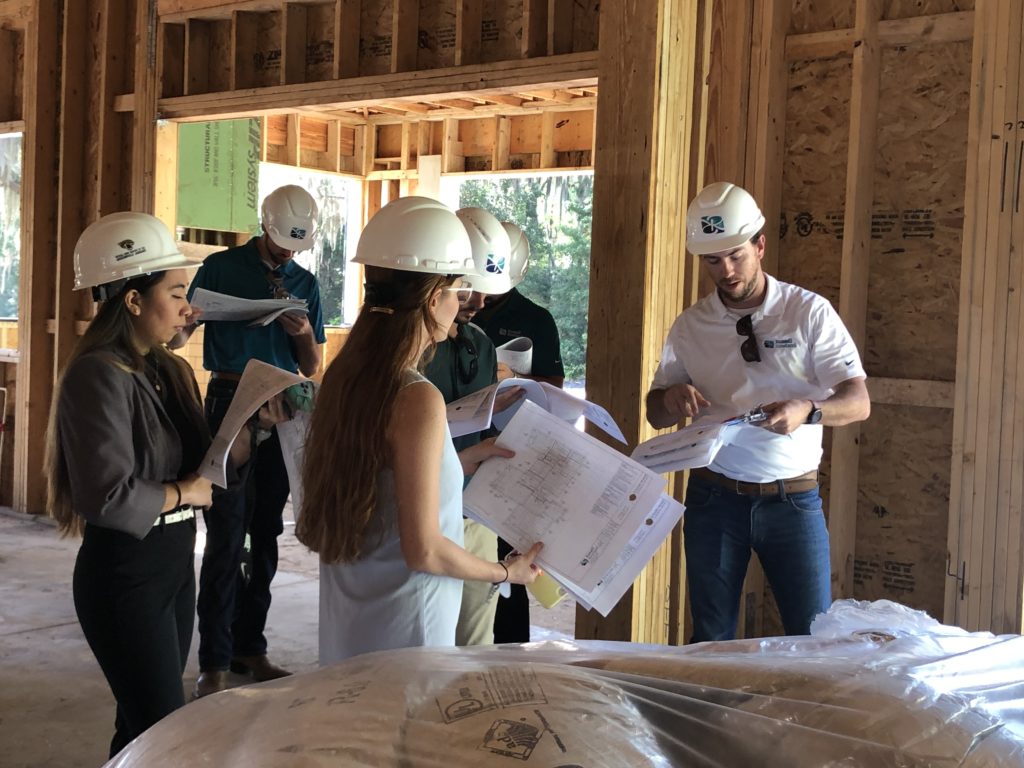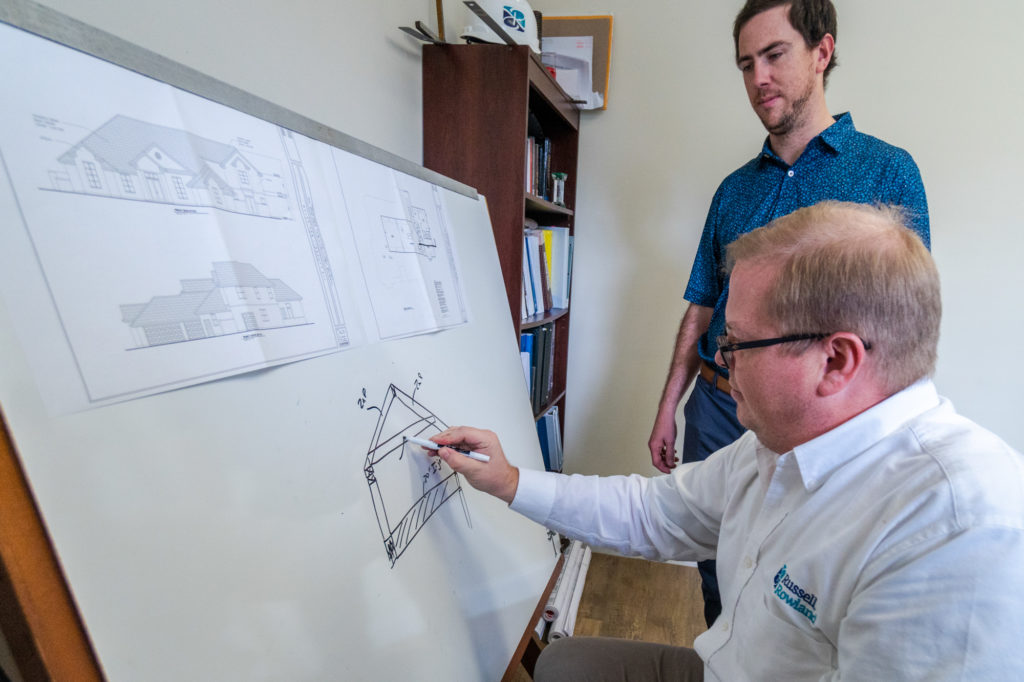Home » Structural Engineer Educational, Licensing, & Training Qualifications
A structural engineer is in charge of designing and ensuring the safety and integrity of physical structures, thus it’s imperative that they undergo the proper training and licensing. But what does it take to become a structural engineer? We’re often asked how long it took for us to become fully licensed professional engineers. To answer this question, Russell Rowland has compiled a list of conditions necessary for anyone looking to enter the field. Here are the educational, licensing, and training qualifications a professional engineer needs.

Education
Anyone who wants to become structural engineers needs a degree in civil engineering. That means going to a 4-year university that offers that major. The program must be accredited by the Accredited Board of Engineering and Technology (ABET). This ensures that the program meets the quality standards that create graduates ready to enter the global workforce.

Before gaining a civil engineering degree, you must show an understanding of physics, statistics, mathematics, and more. As structural engineers apply these principles in their everyday jobs, it’s important to know these areas. Juniors and seniors must also have mastery over specific aspects of engineering, depending on where their career path takes them.
Licensing
There are two exams potential structural engineers must pass. The first test, the Fundamentals Exam (FE), is taken during or immediately upon graduation of college and covers subjects taken while working towards the degree. Students do not need to have engineering experience to take this exam. Once the FE exam is passed the student becomes an Engineering Intern (EI).

After passing the FE, the next step is serving as an Engineering Intern under a licensed engineer for 4 years. During this time, the second exam, the Principles and Practice Exam (PE) can be taken. This test focuses on real-life situations and expertise learned through your career. As PE exams are different based on disciplines and subdisciplines, Russell Rowland recommends you take the exam for the discipline you have the most knowledge in, even if it doesn’t match the degree earned. When the PE is passed, the EI becomes a licensed professional engineer. It should be noted that if you pass the PE early in your career, you must still be an EI until the 4 years have passed.
It’s important to note these caveats. If you work under a licensed engineer for 10-15 years, you do not need a degree in civil engineering to take the PE test. Also, although every state has its own version of the FE and PE exams, some states offer reciprocity so once you are licensed in one state, you don’t have to retake the exam should you move to another state. The majority of states take results from the FL and CA License after filling out an application to become licensed in the new state.
Continuous Training
To keep your license, in Florida you have to take 18 continuing education (CE) course hours every 2 years. Of these hours, 1 hour must go to professional ethics, and 1 must relate to Florida laws and rules of professional engineers. 4 hours have to go to your area of practice. The remaining 12 hours can be used for any topic related to engineering.

To get these hours, you can either attend or present seminars, workshops, in-house or non-classroom courses, or technical or professional presentations made at conventions, meetings, conferences, or webinars. Should these hours not be completed, you’ll have to apply for your licensure once again and undergo certification.
The road to becoming a structural engineer is a long one, but for good reason. Before you undergo this rigorous training, we recommend that you take internships in college or join engineering academies in high school. This way, you’ll see what you’re getting into before a decade of training. You’ll have ample time to decide whether or not to reconsider your career path.